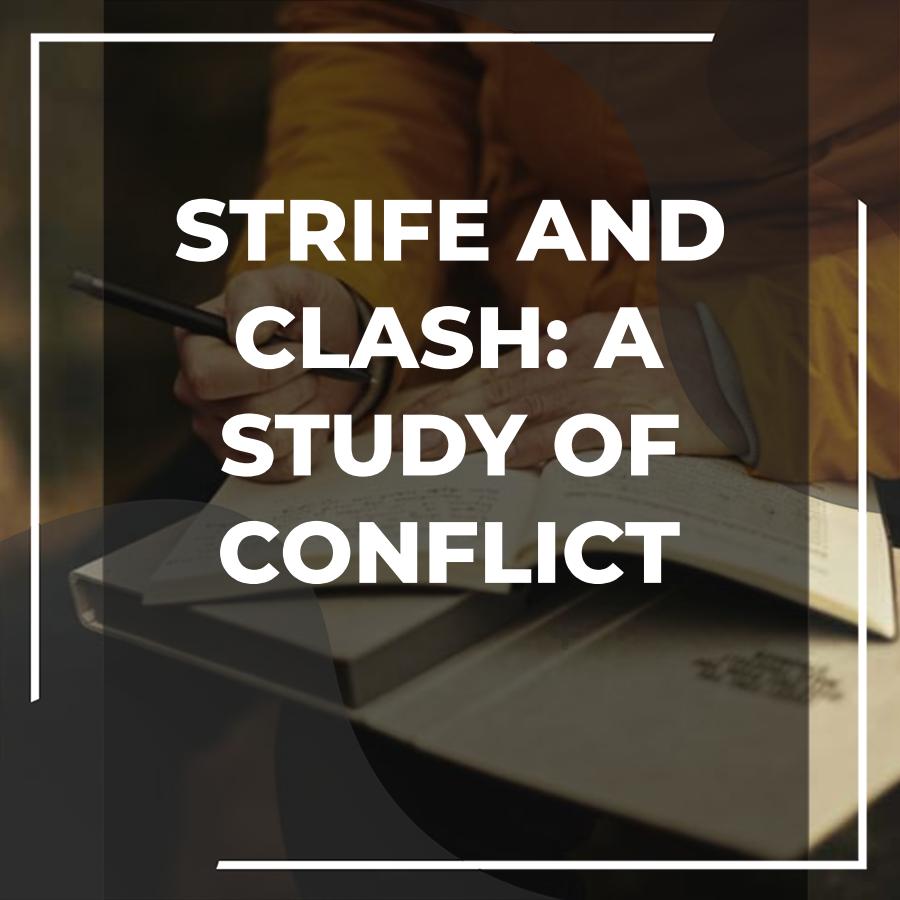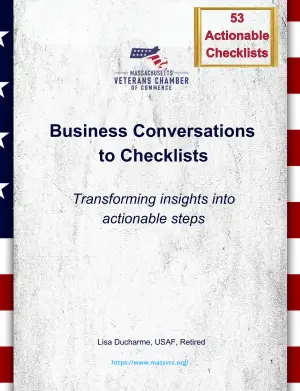Tension and conflict are crucial elements in storytelling. They drive the narrative, engage readers, and create a sense of urgency. However, many writers struggle to effectively implement these elements, often resulting in flat plots and disengaged audiences. The core problem comes from not knowing how to balance tension and conflict in a way that feels natural and grabs attention.
Tension and conflict grow when characters meet challenges or obstacles. These problems raise emotional stakes and keep readers interested. The key is to create believable situations where characters must confront these challenges, allowing for character growth and engaging narratives.
Table of Contents
Types of Conflict: Internal vs. External
Internal Conflict
Internal conflict focuses on a character’s struggle within themselves. Think of a protagonist battling guilt, fear, or conflicting desires. For example, in J.D. Salinger’s “The Catcher in the Rye,” Holden Caulfield grapples with his perceptions of adulthood and often feels conflicted about his place in the world. This internal turmoil creates a rich layer of tension that resonates with readers, who can draw parallels to their own lives.
Creating internal conflict effectively might involve portraying a character’s mental health struggles, moral dilemmas, or feelings of inadequacy. By showcasing these internal struggles, writers can craft multi-dimensional characters who feel real and relatable.
External Conflict
External conflict occurs when characters face obstacles caused by outside forces, such as other characters, societal expectations, or natural disasters. One prime example is the struggle between Harry Potter and Voldemort throughout J.K. Rowling’s series. Their battles are epic but stem from deeper themes of good versus evil.
To depict external conflict, writers can place their characters in challenging situations, such as a fight against an oppressive regime or surviving a catastrophic event. The key is to present tangible stakes that elevate the tension, making the reader invested in the outcome.
Building Tension Through Pacing
The Role of Pacing in Tension
Pacing is a vital tool for generating tension. Slow pacing allows for reflection, while fast pacing accelerates the action. Striking a balance between the two is essential.
In a thriller, a writer often uses fast pacing during a climactic chase scene. The author should use short, punchy sentences to intensify the sense of urgency. Conversely, during a moment of introspection, such as a character’s moment of moral questioning, longer, more descriptive passages can slow down the narrative for deeper engagement.
Techniques for Effective Pacing
- Vary Sentence Length: Mixing short and long sentences can mirror action sequences and slower moments, respectively.
- Cliffhangers: Ending chapters with cliffhangers forces readers to continue, heightening tension.
- Scene Changes: Switching between different characters’ perspectives or locations can maintain a steady tempo, adding layers to the narrative.
Mastering pacing lets writers control the rise and fall of tension, keeping readers eager to turn the page.
Creating Relatable Stakes
The Importance of Emotional Stakes
When readers care about the characters, the stakes feel higher. For tension to have an impact, emotional stakes must be present. This connection happens when characters risk losing something that matters to readers on a personal level.
In “The Fault in Our Stars” by John Green, the stakes extend beyond the characters’ health. The story also explores love, loss, and the search for meaning during a short life. This relatability ensures that readers remain invested in the outcomes, heightening tension throughout the narrative.
Examples of Emotional Stakes
- Family Dynamics: In a family drama, a character’s decision to take a job in another city can spark arguments, setting up a clash between ambition and loyalty to family.
- Romantic Relationships: In a romantic story, the fear of commitment can lead to conflict, as characters navigate their feelings alongside external pressures.
- Friendships: Betrayal by a friend can escalate tension and conflict as shifting loyalties put relationships under strain.
Focusing on these relational stakes enhances the overall impact of tension and conflict within a story, making it feel authentic.
Crafting Conflict: Character Goals and Obstacles
The Role of Character Goals
Every character should have clear goals that drive them. These goals help define what they want, making the ensuing conflict more compelling. If a character strives for something meaningful, readers will become invested in their journey.
For example, in “Pride and Prejudice,” Elizabeth Bennet strives for independence and a meaningful marriage. Her conflicting feelings towards Darcy create both tension and humor throughout the narrative. This conflict draws readers in and encourages them to keep reading until the end.
Introducing Obstacles
Obstacles are critical for amplifying conflict. They serve as the oh-so-fun hurdles characters must overcome, whether physical, emotional, or social. In “The Hunger Games,” Katniss Everdeen faces life-threatening obstacles when fighting for survival in the arena. Each round of challenges builds upon the tension, pushing her to evolve as a character.
To enhance conflict, writers should introduce obstacles that are not only formidable but also deeply intertwined with the characters’ goals. This interconnection creates a richer narrative experience.
The Balance of Tension and Release
Tension and Release in Narrative Structure
The relationship between tension and its release is vital. Continuous tension without moments of relief can lead to reader fatigue. Thus, a well-crafted narrative incorporates peaks and valleys.
Consider the classic use of “rising action” where tension escalates until it peaks at the climax. After the climax, a resolution provides relief, allowing readers to process what happened. In “Gone with the Wind,” Margaret Mitchell alternates between intense wartime conflict and quieter personal moments, appealing to readers’ emotional fluctuations.
Techniques for Managing Tension and Release
- Foreshadowing: Hints about future conflicts can build anticipation without overwhelming the reader.
- Breather Chapters: Insert slower-paced chapters after intense action sequences to give readers a moment to catch up.
- Character Moments: Use character interactions to provide emotional release; these moments often serve as safe havens amidst the chaos.
By carefully pacing tension and adding relief, writers guide their audience through emotional journeys, ensuring a more engaging reading experience.
Using Dialogue to Create Conflict
Dialogue as a Tool for Conflict
Dialogue is a powerful means of creating conflict. Characters reveal their true feelings and intentions through their words, leading to confrontations and misunderstandings.
In “Romeo and Juliet,” Shakespeare uses dialogue to heighten conflict not just between families, but also within the characters themselves. Heated discussions drive the plot forward and illustrate the stakes involved in their love story.
Techniques for Effective Conflict in Dialogue
- Subtext: Characters may say one thing but mean another. This disparity can build tension beneath the surface and hold the reader’s interest.
- Interruptions: Cut-off speech mimics real-life conflict and can ramp up the urgency of the situation.
- Contrasting Voices: Give each character a distinct speaking style. Show sharp, lively differences in how they express their clashing opinions.
Utilizing dialogue not only provides a window into the minds of the characters but also serves to heighten tension through immediate conflict, affecting the overall trajectory of the story.
Additional Information
Tension and conflict are the lifeblood of storytelling, but there are some facts not everyone knows.
- The Power of Uncertainty: Creating uncertainty about a character’s fate or motivations builds tension in a story. Readers love to chew on the unknown, which keeps them turning pages to find answers.
- Misleading Setups: Sometimes, the best conflict comes from what isn’t happening. For instance, establishing a peaceful scene before pulling the rug out with an unexpected twist can be far more shocking than a confrontation.
- Internal vs. External Conflict: While most focus on external conflicts, internal conflicts can be just as gripping. A character battling inner demons can evoke a strong emotional response, making readers invested in their journey.
- Different Types of Tension: Not all tension is created equal. Emotional, dramatic, and psychological tensions each play unique roles in storytelling. Mixing these types can create a more complex and engaging narrative.
- Pacing Matters: Adjusting the pacing during moments of tension can have a significant impact. Short, clipped sentences can quicken the tempo, while longer, flowing sentences can build suspense and make moments feel heavy.
- Subtext Is Key: Often, what characters don’t say is more important than what they do say. Subtext can create layers of conflict that keep readers guessing about true intentions and emotions.
- Character Relationships: The dynamics between characters can amplify tension. Relationships that are fraught with tension, whether romantic, familial, or competitive, draw readers deeper into the story.
- Foreshadowing Technique: Planting subtle hints about future conflict can create a sense of anticipation. It not only prepares readers but also adds depth when the tension finally escalates.
- Failure as a Catalyst: Don’t be afraid to let your characters fail. A setback can drive the story forward and introduce new conflicts, forcing characters to adapt and grow.
- Time Pressure: Adding a countdown or deadline raises the tension and keeps the story moving. Whether it’s a countdown or an approaching storm, time limits keep readers engaged and on edge.
Frequently Asked Questions (FAQs) Related to Tension and Conflict
Q. What is tension in storytelling?
A. Tension is the emotional strain or suspense that keeps readers engaged. It arises from the challenges and conflicts the characters face.
Q. How does conflict drive a story?
A. Conflict creates obstacles for characters, pushing them to grow and evolve. It is essential for developing the plot and keeping readers interested.
Q. What are the types of conflict?
A. There are several types of conflict, including internal (within a character) and external (between characters or forces). Some common examples include person versus person, person versus society, and person versus nature.
Q. How can I build tension in my writing?
A. You can build tension by introducing stakes, using cliffhangers, and pacing the story to create anticipation. Let characters face difficult choices that keep readers on their toes.
Q. Why is internal conflict important?
A. Internal conflict showcases a character’s struggles, fears, and desires. It adds depth and relatability, allowing readers to connect with the character on a personal level.
Q. How can I satisfactorily resolve conflict?
A. To resolve conflict satisfyingly, ensure that the resolution feels earned and consistent with the characters’ journeys. Allow for character growth and focus on how conflicts impact the story’s themes.
Q. How does setting influence tension?
A. The setting can amplify tension by creating an atmosphere that reflects the story’s mood. A stormy night can make a confrontation feel more intense, for example.
Q. Can humor be used in conflict?
A. Yes, humor can serve as a tool to balance conflict and tension. A witty remark can provide relief amidst stress, keeping readers engaged without overwhelming them.
Q. What role do stakes play in conflict?
A. Stakes are what characters stand to lose or gain in a conflict. High stakes increase tension, making the resolution more impactful for readers.
Q. How can I show rather than tell tension?
A. Use actions, dialogues, and descriptions to convey tension indirectly. Showing characters’ reactions, body language, and emotional states can create a more immersive experience for readers.
Conclusion
Tension and conflict are essential elements that breathe life into stories. They keep readers on the edge of their seats, driving the plot and character development forward. By skillfully weaving these elements into your writing, you create a more engaging narrative. Remember, tension doesn’t always have to come from dramatic battles or high-stakes scenarios. Sometimes, the quiet conflicts of everyday life can be just as gripping. So, whether you’re crafting a thrilling adventure or a subtle drama, embrace the power of tension and conflict to transform your stories into unforgettable experiences. Happy writing!







